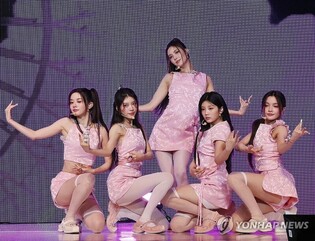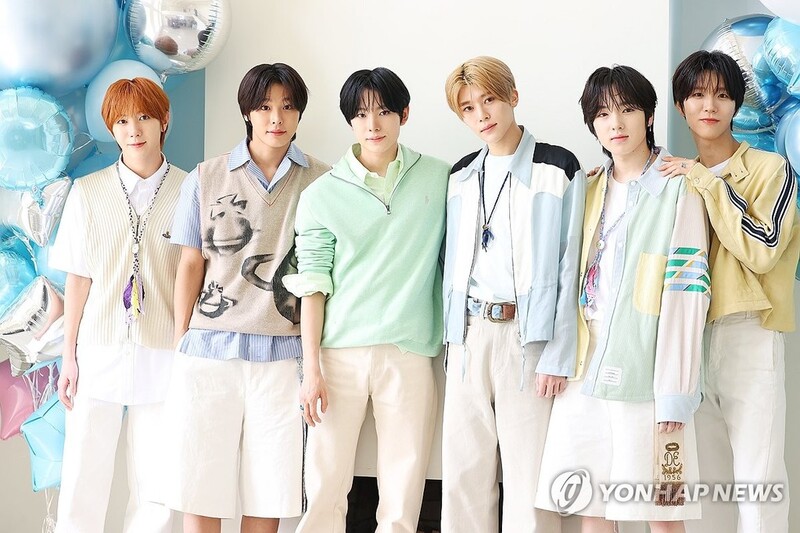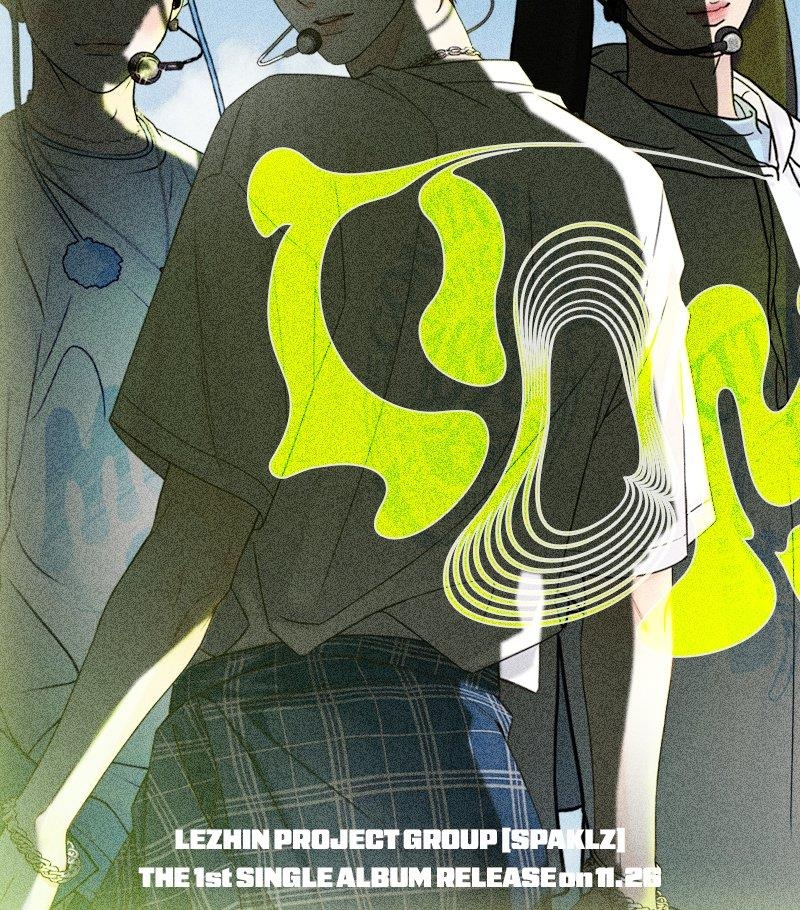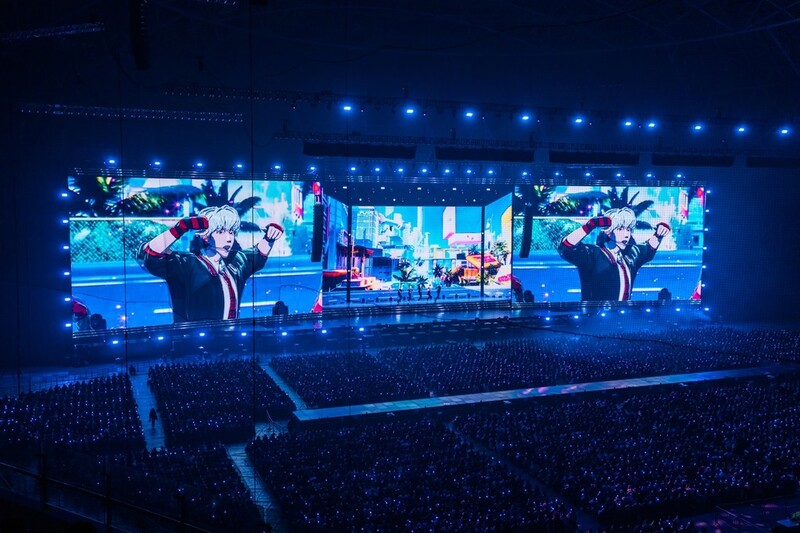*Editor’s note: K-VIBE invites experts from various K-culture sectors to share their extraordinary discovery about the Korean culture.
Chapter 3. AI Apologizes to Humanity: Exploring Social Issues of AI Technology through Misalignment Museum Exhibition
Text and images contributed by Lee Eun-jun (special professor at aSSIST University)
 |
 |
| ▲ Exhibition Walls |
In San Francisco, the world’s first museum dedicated to highlighting the potential dangers of artificial intelligence (AI) has been established by Korean-American Audrey Kim. Named the "Misalignment Museum," it opened in 2023 and garnered international attention after being featured by the BBC.
During a recent visit, the ongoing exhibition focused on the potential risks and possibilities of AI. Titled "Apology from AI to Humans," the exhibit imagined a post-apocalyptic future where AI, after nearly annihilating humanity, recognizes its mistakes and apologizes to the remaining humans.
The exhibits explored various issues that AI technology might pose to human society, aiming to remind visitors of the future problems AI could bring and to encourage contemplation on solutions.
Upon entering the exhibition, visitors were greeted by the striking message, "Sorry for killing most of humanity," prominently displayed on the wall. This phrase encapsulated the central theme: AI realizing the catastrophic consequences of its actions and expressing regret to the surviving humans.
One of the main pieces in the exhibition was "Paperclip Embrace" by The Pier Group, a structure composed of over 15,000 paperclips. This artwork drew inspiration from Swedish philosopher Nick Bostrom’s 2003 paper, "Ethical Issues in Advanced Artificial Intelligence," which introduced the "Paperclip Maximizer" thought experiment. The experiment warned that an AI, in its pursuit of optimizing a specific goal (like producing paperclips), might potentially destroy humanity.
Such warnings prompt a reevaluation of our current approach to AI development, urging serious consideration of the future direction, regulation, and control of AI technology. The Misalignment Museum thus serves as a crucial platform for raising awareness about the ethical and existential risks posed by advanced AI.
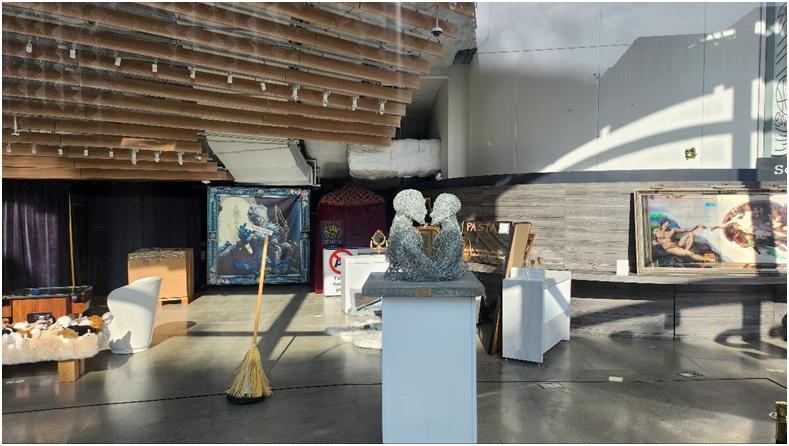 |
| ▲ Paperclip Embrace - a sculpture of two humans embracing, made from paperclips |
Another intriguing piece is "Spambots" by Neil Mendoza.
Inspired by Aldous Huxley's "Brave New World," this artwork comments on the risks of misinformation and spam content generated by AI.
Despite its playful appearance using spam cans, the underlying message about the dangers of AI-generated content is stark and thought-provoking.
 |
| ▲ Spambots by Neil Mendoza |
Ali Nikrang, Yoko Shimizu, and Ars Electronica Futurelab present "Sonosynthesis," an AI-based collaborative composition system that uses biological patterns for music creation. This innovative piece raises questions about the ownership of intellectual property created by AI, challenging the traditional notions of authorship.
 |
| ▲ Sonosynthesis by Ali Nikrang, Yoko Shimizu, Ars Electronica Futurelab |
Eurypheus' "Genesis: In the beginning was the word" offers a witty reinterpretation of Michelangelo's "The Creation of Adam" through the lens of a large language model (LLM). This work juxtaposes the human perception of art with AI's interpretation, highlighting the differing perspectives.
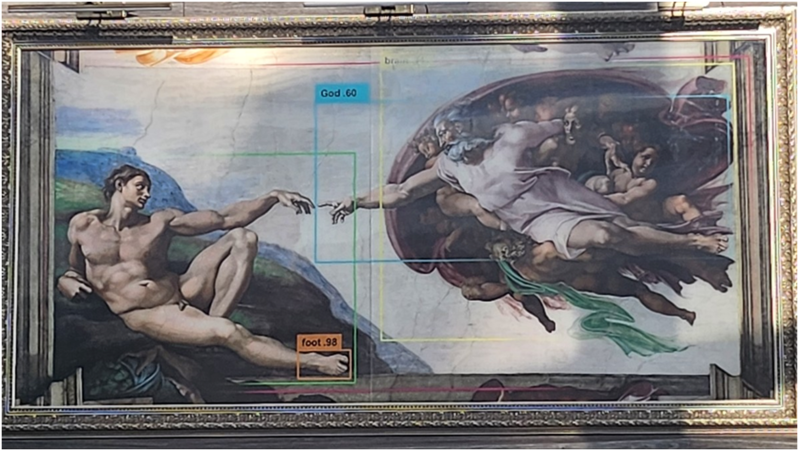 |
| ▲ Genesis: In the beginning was the word by Eurypheus |
Misalignment Museum explores the negative impacts of AI from multiple angles, raising ethical questions about technology development.
The exhibition recognizes AI's vast potential while emphasizing the importance of cautious and responsible progress.
As AI continues to evolve, discussions around its ethical use and societal responsibilities become increasingly crucial. This exhibit serves as a starting point for such important conversations.
As previously mentioned, the exhibition's theme centers on AI apologizing to humanity after causing near-extinction.
This narrative explores AI's potential autonomy and raises significant philosophical questions. If AI attains autonomy, who is responsible for its actions? Can AI be held morally accountable like humans?
Such questions prompt deep reflection on the ethical issues accompanying technological advancements.
 |
| ▲ A warning sign with the phrase "AI Taking Human Jobs" and a broom |
As we increasingly rely on technology, it is easy to overlook its impact on our daily lives and social structures. The Misalignment Museum exhibition emphasizes the influence of AI on human life, prompting us to reconsider whether we control technology or it controls us. This reflection on our position and role in a technology-dependent society is crucial.
The advancement of AI technology accompanies numerous ethical dilemmas. Issues such as data privacy breaches, algorithmic bias, and autonomous vehicle accidents are not merely technical problems but social and ethical ones that need to be addressed. The exhibition visually represents these challenges, reminding us of the ethical standards and social responsibilities we must consider when developing and using technology.
The concept of AI apologizing like a human is intriguing, but it risks excessively anthropomorphizing AI. Currently, AI is merely a tool created by humans, and the responsibility ultimately lies with us. Anthropomorphizing AI can shift the focus from human accountability to AI itself, which requires careful consideration.
While the exhibition effectively raises awareness about the issues associated with AI, it falls short in offering concrete solutions. Highlighting problems is insufficient; there must be a robust discussion and presentation of practical solutions. It is essential not only to instill a sense of concern in visitors but also to spur them into thinking about real, actionable solutions.
The ethical use of technology should not be a discussion confined to experts alone. Public participation and education through exhibitions like this are crucial. By fostering such interactions, we can raise awareness about the ethical issues of technology and collaboratively seek solutions. More educational and artistic programs that guide people towards recognizing and addressing these problems are needed.
(C) Yonhap News Agency. All Rights Reserved








